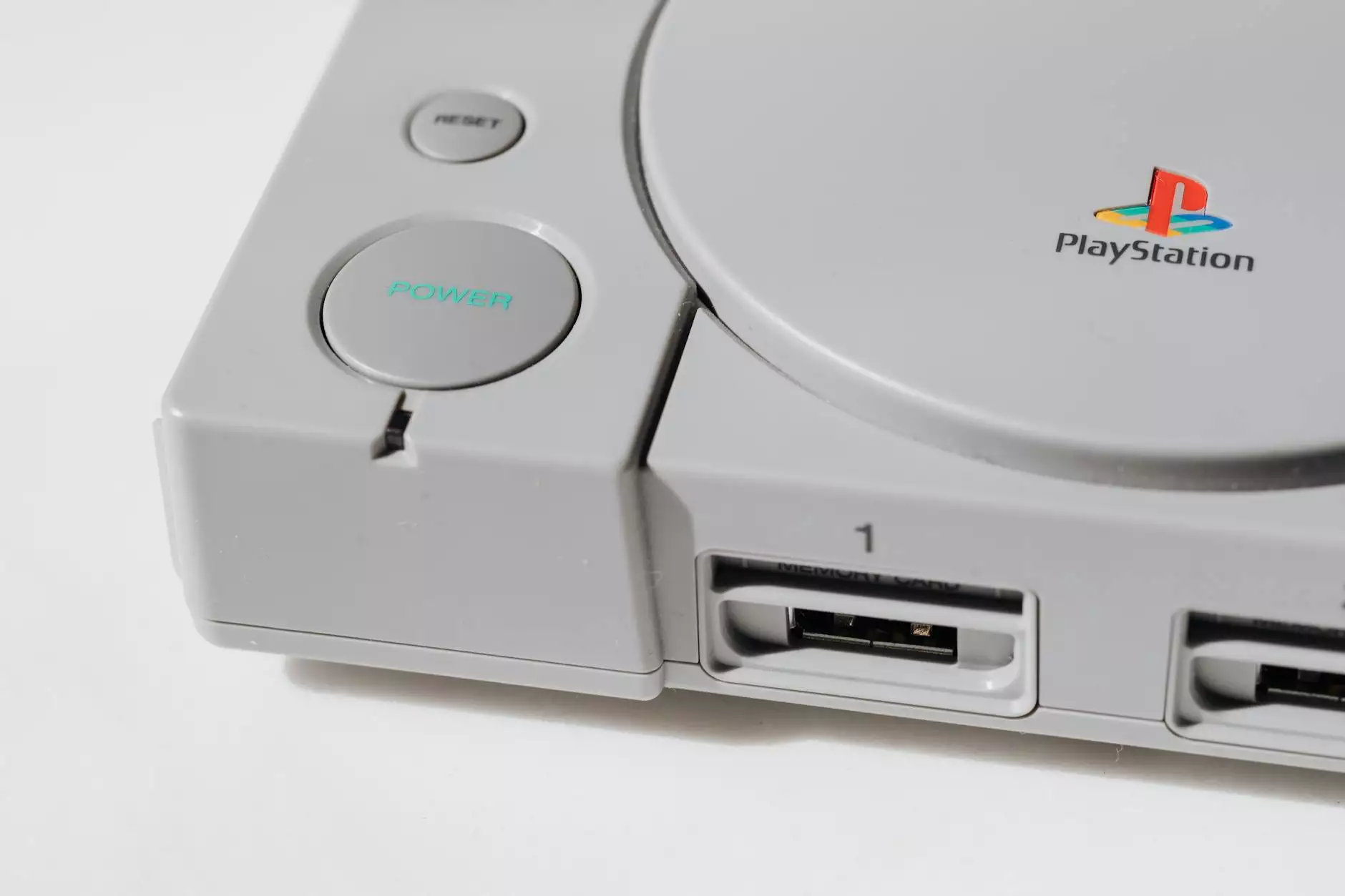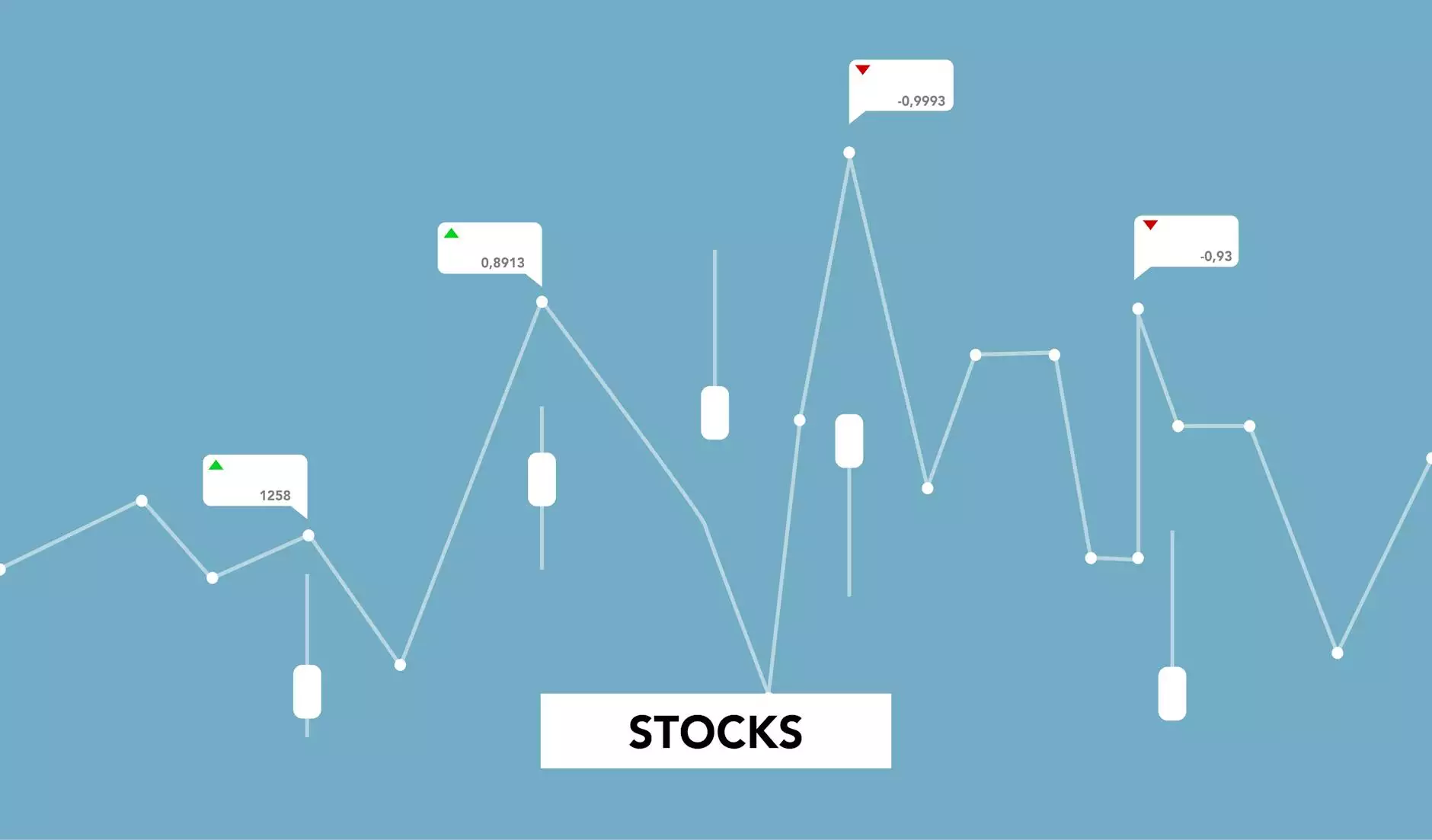How to Clean Up Your Email List for Successful Marketing

In today's digital age, maintaining a clean email list is crucial for any business looking to succeed in email marketing. A robust email list can drive engagement, enhance customer relationships, and ultimately lead to increased sales. However, over time, email lists can become cluttered with inactive subscribers, invalid emails, and outdated contacts. This article will explore the necessity of cleaning up your email list, effective strategies to do so, and the long-term benefits of a refined subscriber database.
Why You Must Clean Up Your Email List
Cleaning up your email list is not just about removing unused accounts; it’s about creating a more effective marketing strategy. Here are some compelling reasons why you should prioritize this task:
- Improved Deliverability: Email service providers (ESPs) monitor sender reputation, which can be adversely affected by sending emails to invalid or inactive addresses. A clean email list ensures better deliverability rates.
- Higher Engagement Rates: By targeting active subscribers, you’ll see higher open and click rates, which are essential for successful email campaigns.
- Cost Efficiency: Many email marketing services charge based on the number of subscribers. By maintaining a clean email list, you avoid paying for inactive or fake accounts.
- Insights into Audience Behavior: A well-maintained list allows you to analyze user engagement more effectively, providing valuable insights into customer preferences and behaviors.
Steps to Clean Up Your Email List
Cleaning up your email list doesn’t have to be a tedious process. Follow these steps to ensure your list is up-to-date and effective:
1. Conduct a Comprehensive Audit
The first step in the process is to conduct a full audit of your existing email list. Look for:
- Inactive subscribers (those who haven’t engaged in the last 6-12 months).
- Hard bounces (emails that have been returned as undeliverable).
- Unsubscribed users who don’t wish to receive emails anymore.
This audit will serve as your foundation for a clean-up strategy.
2. Segment Your List
Segmentation allows you to categorize your subscribers based on various factors such as age, location, purchase history, and engagement levels. Effective segmentation enhances your ability to target specific groups with relevant content, significantly increasing engagement.
3. Run a Reactivation Campaign
For subscribers who have not engaged with your emails for an extended period, consider running a reactivation campaign. Send them a special email that offers an incentive to engage again, such as:
- A discount on their next purchase.
- Exclusive content that may interest them.
- A survey to gather feedback on why they haven’t engaged.
Tracking the responses will provide insights into whether these subscribers are worth keeping.
4. Remove Bounced Emails
Hard bounces should be removed immediately, as they correspond to invalid email addresses. Soft bounces (temporarily undeliverable emails) should be monitored. If an email address continues to soft bounce after multiple attempts, it should also be removed or flagged for review.
5. Automate List Management
Most email marketing platforms offer tools to automate list management. Set up automated rules to help maintain your list, such as removing unsubscribers immediately and flagging inactive users for review after a certain period.
6. Make Use of Email Verification Services
Utilize services such as Email List Validation. These tools help you preemptively clean up your email list by verifying emails before they’re added, ensuring that you only include valid and active subscribers.
7. Regular Maintenance
Cleaning your email list is not a one-time process; it requires ongoing maintenance. Set a periodic schedule to review and clean your list — monthly or quarterly based on your email volume — to ensure it remains effective and optimized for engagement.
Benefits of a Clean Email List
By dedicating time and resources to clean up your email list, you can enjoy several key benefits:
Enhanced ROI
A targeted, engaged email list leads to improved open rates and conversion rates, resulting in a better return on investment (ROI) from your marketing efforts.
Stronger Customer Relationships
Engaging with active subscribers fosters stronger relationships and builds brand loyalty. A clean list allows you to share meaningful and targeted content that resonates with your audience.
Data-Driven Decisions
With more accurate data, you can make informed marketing decisions that cater to your audience’s preferences and needs, driving improvements in your products and services.
Common Mistakes to Avoid When Cleaning Up Your Email List
While cleaning your email list can be greatly beneficial, there are also common pitfalls to avoid:
- Not Checking Engagement Levels: Removing all subscribers who have not engaged within a set period could be premature. Some may also choose to engage periodically.
- Ignoring Soft Bounces: While hard bounces should be removed immediately, soft bounces may represent legitimate subscribers who encounter temporary issues.
- Failing to Communicate Changes: Inform your subscribers about any changes you make to your lists or practices to maintain their trust and interest.
Conclusion
In conclusion, cleaning up your email list is essential for effective email marketing. By taking the time to audit, segment, and maintain your email list, you can dramatically improve your email marketing effectiveness. Remember, maintaining a clean, engaged email list is not just about sending emails; it’s about building relationships that translate into long-term success for your business.
Utilizing the right strategies and tools will help ensure your email list remains a powerful asset. So start today—take the initiative to clean up your email list and watch your marketing results blossom!
clean up email list








